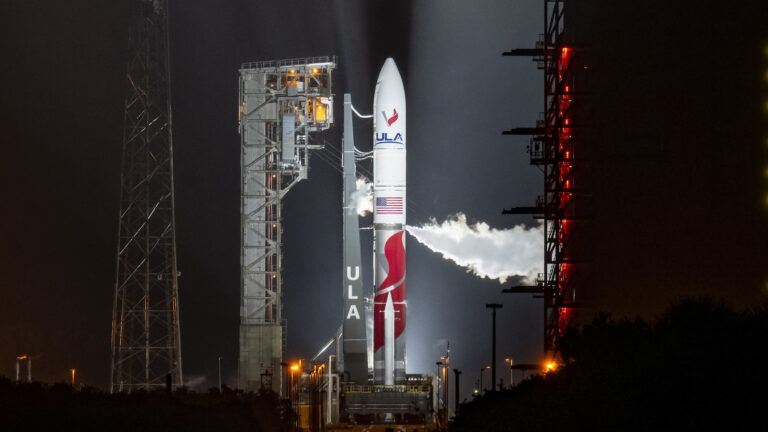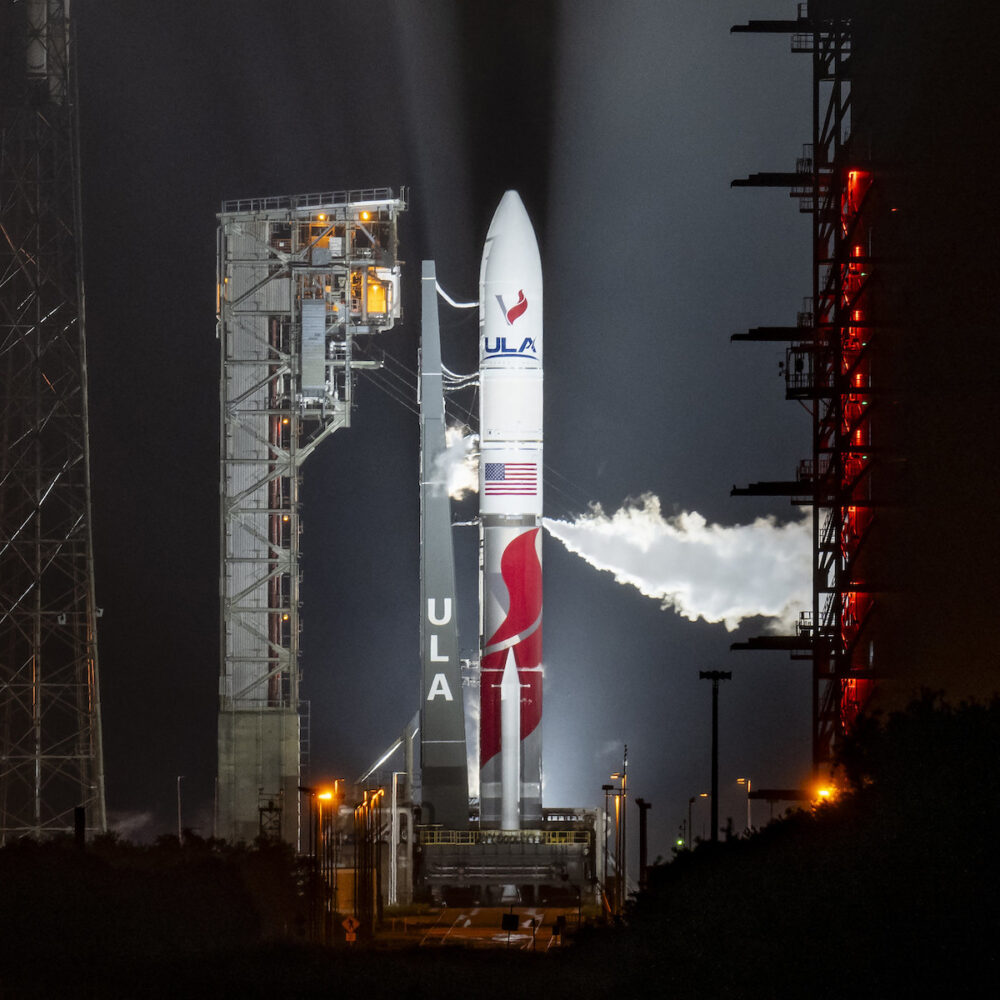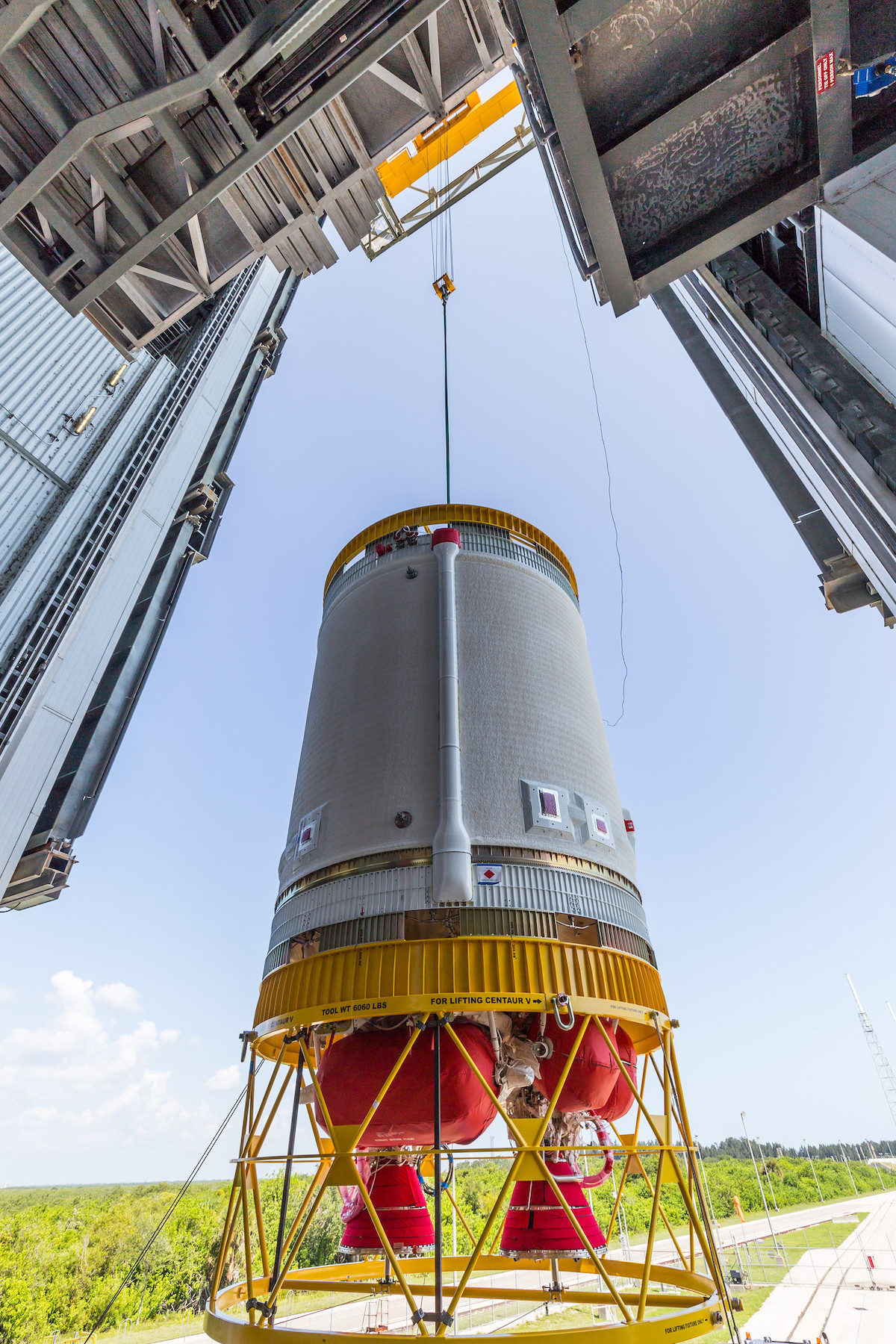“I finally invented something that works!” This iconic quote from Back to the Future perfectly encapsulates the transformative journey of cloud-native data protection. As organizations increasingly migrate to the cloud, the landscape of data protection is evolving at a breakneck pace, much like Marty McFly’s adventures through time. Let’s take a closer look at the current state of the market, its history, and what the future holds for cloud-native data protection.
A Brief History of Cloud-Native Data Protection
“And in the future, we don’t need horses. We have motorized carriages called automobiles,” explains Doc Brown in Back to the Future III. Similarly, the journey of data protection has been nothing short of revolutionary. Initially, organizations relied on traditional on-premises solutions, which were often cumbersome and expensive. As cloud adoption grew, these legacy systems struggled to keep up with the dynamic and scalable nature of cloud environments. This led to the emergence of cloud-native data protection solutions, designed to leverage the inherent benefits of the cloud.
Cloud-native data protection aligns with the cloud’s operating model, offering pay-as-you-grow pricing, comprehensive workload support, and seamless cloud integration. These solutions are built using modern cloud principles such as microservices, containerization, and serverless architectures, providing greater scalability, resilience, and agility compared to traditional monolithic applications.
The Current State of the Market
“Wait a minute, Doc. Are you telling me you built a time machine … out of a DeLorean?” Just as Doc Brown’s DeLorean was a game changer, cloud-native data protection solutions have revolutionized how organizations safeguard their data. Today, the market is characterized by a diverse array of solutions that cater to various needs, from backup and disaster recovery to cyber resilience and compliance.
Key players in the market, such as Clumio, Rubrik, Commvault, and Acronis, offer robust solutions that integrate seamlessly with public cloud providers like AWS, Azure, and Google Cloud. These solutions provide features such as end-to-end encryption, granular recovery options, and advanced threat detection, ensuring that data is protected against both accidental loss and malicious attacks.
Emerging Technologies and Future Trends
“If my calculations are correct, when this baby hits 88 miles per hour, you’re gonna see some serious s–t,” said Doc Brown of his invention. The future of cloud-native data protection is also brimming with potential, driven by emerging technologies and evolving market demands. Here are some key trends to watch:
- AI and ML: AI and ML are set to play a pivotal role in enhancing data protection. These technologies can automate threat detection, predict potential vulnerabilities, and optimize backup and recovery processes. For instance, Commvault’s AI-driven capabilities help organizations detect threats quickly and ensure clean recovery points.
- Serverless architectures: The adoption of serverless architectures is expected to increase, providing greater scalability and cost efficiency. Solutions like Rubrik’s serverless design simplify deployment and management, allowing organizations to focus on their core business activities.
- Multicloud and hybrid environments: As organizations continue to adopt multicloud and hybrid strategies, data protection solutions will need to offer seamless integration across different cloud platforms. This will ensure consistent protection and management of data, regardless of where it resides.
- Cyber resilience: With the rise in cyber threats, the focus on cyber resilience will intensify. Solutions will need to offer advanced features such as data immutability, air-gapped backups, and proactive threat monitoring to safeguard against ransomware and other attacks.
The Next 12-24 Months: Market and Technology Evolution
The next couple of years will see significant advancements in cloud-native data protection, reshaping the market and technology landscape. “Where we’re going, we don’t need roads,” but here’s what to expect:
- Increased adoption of SaaS models: The shift toward software-as-a-service (SaaS) models will continue, offering organizations flexible, pay-as-you-go options. This will reduce the need for heavy upfront investments and allow for more agile and scalable data protection strategies.
- Enhanced integration with cloud-native services: Data protection solutions will increasingly integrate with cloud-native services such as Kubernetes and serverless functions. This will enable more efficient and automated protection of containerized and serverless workloads.
- Focus on data privacy and compliance: As data privacy regulations become more stringent, solutions will need to offer robust compliance features. This includes capabilities for data discovery, classification, and policy-based management to ensure adherence to regulations like GDPR and CCPA.
- Expansion of cyber resilience capabilities: The emphasis on cyber resilience will lead to the development of more sophisticated threat detection and response mechanisms. Solutions will leverage AI and ML to provide real-time insights and automated remediation, minimizing the impact of cyber incidents.
Preparing for the Future
“Your future is whatever you make it.” To stay ahead in the evolving landscape of cloud-native data protection, organizations should take proactive steps to position themselves for success.
- Embrace automation: Leverage AI and ML to automate data protection processes, from threat detection to backup and recovery. This will enhance efficiency and reduce the risk of human error.
- Adopt a multicloud strategy: Ensure your data protection solution supports multicloud and hybrid environments. This will provide flexibility and resilience, allowing you to protect data across different platforms.
- Focus on cyber resilience: Implement advanced cyber resilience features such as data immutability, air-gapped backups, and proactive threat monitoring. This will safeguard your data against evolving cyber threats.
- Stay compliant: Keep abreast of data privacy regulations and ensure your data protection solution offers robust compliance features. This will help you avoid costly fines and protect your organization’s reputation.
- Invest in training: Equip your IT teams with the skills and knowledge needed to manage modern data protection solutions. This will ensure they can effectively leverage the latest technologies and best practices.
Next Steps
“Great Scott!” The future of cloud-native data protection is bright, with emerging technologies and evolving market demands driving innovation. By embracing these advancements and preparing for the future, organizations can ensure their data is protected, resilient, and compliant. As Doc Brown wisely said, “Your future is whatever you make it, so make it a good one.”
To learn more, take a look at GigaOm’s cloud-native data protection Sonar report. This report provides a comprehensive overview of the market, outlines the criteria you’ll want to consider in a purchase decision, and evaluates how a number of vendors perform against those decision criteria.
If you’re not yet a GigaOm subscriber, sign up here.



















